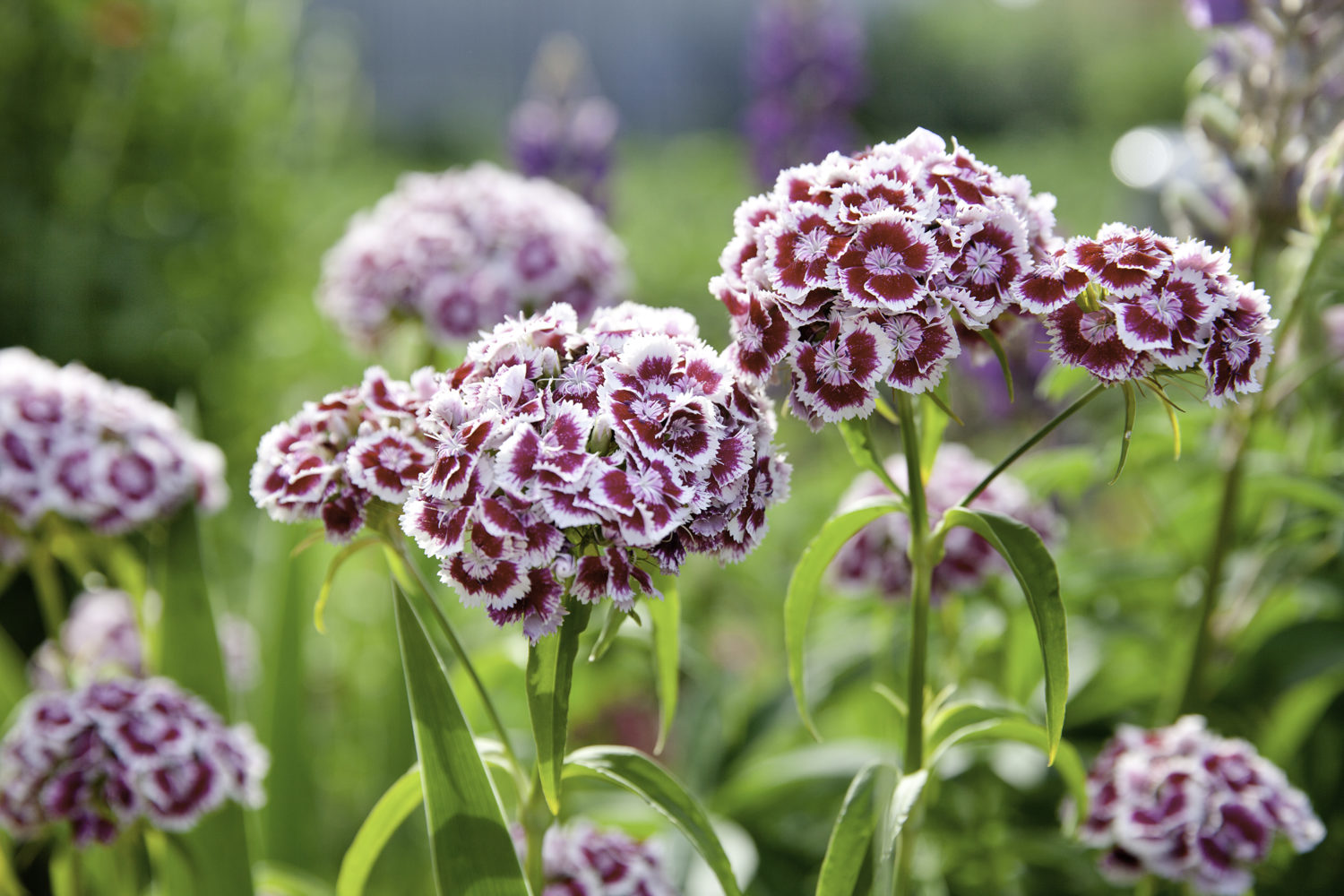SGI members worldwide are earnestly studying SGI President Ikeda’s novel The New Human Revolution to eternalize the mentor’s teachings and transmit them to future generations. To that end, the World Tribune has begun reprinting essays from “Thoughts on The New Human Revolution.” This installment originally appeared in the Feb. 1, 1998, issue of the Seikyo Shimbun, the Soka Gakkai’s daily newspaper.
The snow-blanketed scene purifies the heart.
Swans glide serenely on the lake. The sight of them as they spread their wings in joy and lift gracefully into the skies is beautiful to behold.
Lake Hyo in Niigata Prefecture is famous as the “Lake of the Swans.” This year some 5,000 swans are wintering there.
In May 1971, I stood on the shores of Lake Hyo with a group of friends. Most of the swans had already flown north, but one female swan was shepherding her cygnets quietly across the lake’s surface. Instinctively, I aimed my camera at them, filled with the wish to preserve for all time these swans and this beautiful natural environment.
Some members of our Suibara Hakucho (Swan) Headquarters—many of them from the youth division—responded to my wish, founding the Lake Hyo Protection Group. Throughout the four seasons, they clean the area around the lake and engage in projects to protect the environment. The local people speak highly of them and appreciate their efforts, and last Nov. 3, Culture Day, the town of Suibara presented them an official letter of thanks.
Life is hard in the snow country. We mustn’t forget the hardships of those who live there, but at the same time, when we see those white wings lifting, the heart of the poet is carried away to the land of dreams. My children’s story The Snow Country Prince was inspired by just such scenes.
I have visited Lake Hyo three times, and I have had the honor of being able to contribute a shelter for the care of sick swans and an island where they can rest.
My mentor, second Soka Gakkai President Josei Toda, spent his childhood and early youth in Hokkaido. In one corner of that northern island, there is a protected wilderness area called the Kushiro Japanese Crane Natural Park—or Crane Park, as it is simply known by locals. It opened in 1958, which means it celebrates its 40th anniversary this year [1998]. A year before its opening, there was a fund drive for the new park and its planned efforts to protect the Japanese crane, which had been designated an endangered species.
When he heard of the fund drive, Mr. Toda said: “This is important. People may think they are the rulers of this planet, but they will be in big trouble if they destroy their natural environment.
Protecting the environment is protecting humanity as well.” These words expressed his firm conviction as a Buddhist who knew that people and their environment are one. Mr. Toda was one of the first to respond to the fund drive. He donated 500,000 yen—at a time when the average starting salary for a public servant was less than 10,000 yen a month.
On the brink of extinction when the park first opened, some 600 cranes now make their home in the eastern part of Hokkaido during the winter months, delighting viewers with their grace and beauty.
The Soka Gakkai’s founding President Tsunesaburo Makiguchi wrote about the intimate relationship between humanity and the natural world in his great work A Geography of Human Life. The ideas of the oneness of humanity and nature, their interdependence and symbiosis, shine through his writings. The love of nature and actions to protect and preserve it are part of the noble tradition of the Soka Gakkai.
On my first guidance trip abroad, I visited Brazil. That Soka Gakkai tradition I speak of has been passed on to our members there. In 1992, SGI-Brazil established the Amazon Ecological Research Center, which for several years now has been engaged in a joint research project for the reforestation of the Amazon rain forest with Soka University’s Brazilian Institute for the Natural Environment and the State of Amazonas’ Department of Environmental Science and Technology of the Amazon. Our SGI members are actively involved in these and many other projects to protect their environment, including awareness-raising exhibitions, which have traveled in Brazil and throughout South America, and reaped a very positive response.
The SGI has received awards and commendations for these efforts from several city and town assemblies, including Manaus, São Paulo and Rio de Janeiro. I know that Mr. Toda, who loved nature with all his heart, is rejoicing in these honors, wonderful symbols of the importance of environmentalism, that our members have received as exemplary citizens of the world.
The love and protection of our beautiful natural environment is a fertile ground for the cultivation of spiritual richness; and the purification of the human heart makes us appreciate the infinite beauty of birds, trees and all of nature even more.
When the snow finally melts, pairs of cranes will also dance in the marshland that we have preserved on the grounds of our Hokkaido Training Center in Bekkai.
Spring approaches; the heart of the poet dances, too.
You are reading {{ meterCount }} of {{ meterMax }} free premium articles

